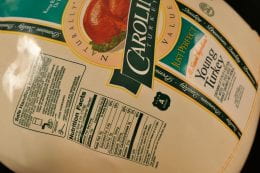
Are you shopping for your holiday meal? Choosing a turkey can be the most important item on the menu. Here’s some label definitions to help pick the best turkey for you from farm to table.
- Basted or Self-basted—These are injected or marinated with a fat solution containing broth, stock, water, spices, flavor enhancers or other ingredients. These ingredients must be listed on the label.
- Free Range or Free Roaming—The birds must have access to the out-of-doors for at least 51% of their lives.
- Fresh—Stored at a temperature no lower than 26°F.
- Frozen—Stored at 0°F or below.
- Hen or Tom—Designates sex and size only, no indication of tenderness.
- Organic—Must meet requirements of the National Organic Program for the farm and how the poultry was fed and raised.
- Hormones—They are not approved for use in turkeys.
- Free Range or Free Roaming—Producers must show that the poultry has been allowed access to the outdoors.
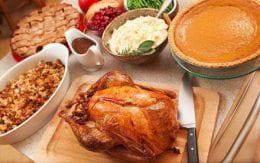 It’s almost that time of year for holiday parties and meals with family and friends.
It’s almost that time of year for holiday parties and meals with family and friends.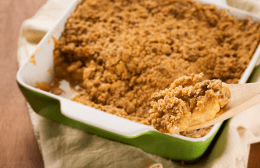
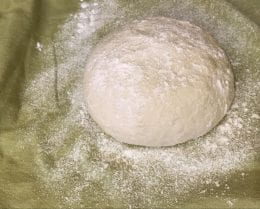
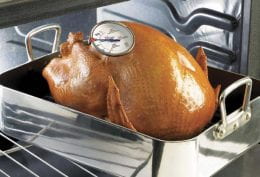 The cooking time is determined by the weight of one bird—not the combined weight. Use the weight of the smaller bird to determine cooking time. Use a food thermometer to check the internal temperature of the smaller bird first and then check the second bird. A whole turkey is safe when cooked to a minimum internal temperature of 165 °F as measured with a food thermometer. Check the internal temperature in the innermost part of the thigh and wing and the thickest part of the breast. When cooking two turkeys at the same time make sure there is enough oven space for proper heat circulation.
The cooking time is determined by the weight of one bird—not the combined weight. Use the weight of the smaller bird to determine cooking time. Use a food thermometer to check the internal temperature of the smaller bird first and then check the second bird. A whole turkey is safe when cooked to a minimum internal temperature of 165 °F as measured with a food thermometer. Check the internal temperature in the innermost part of the thigh and wing and the thickest part of the breast. When cooking two turkeys at the same time make sure there is enough oven space for proper heat circulation.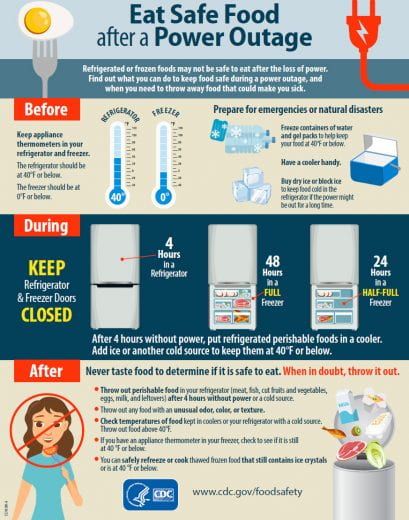
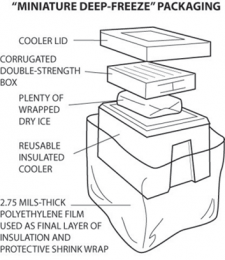 Receiving food gifts can be a treat during the holidays. But not if they are not safe to eat.
Receiving food gifts can be a treat during the holidays. But not if they are not safe to eat.